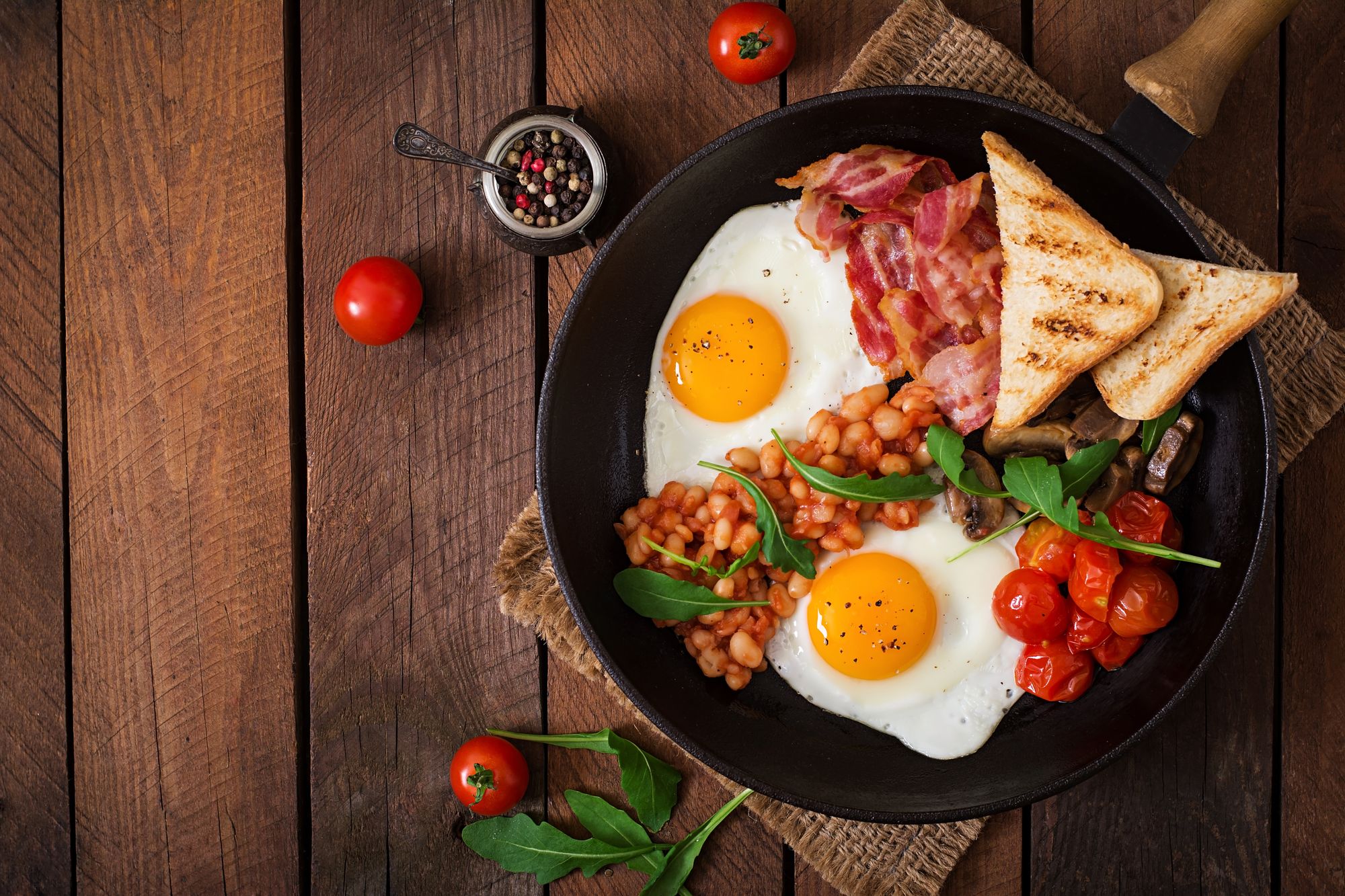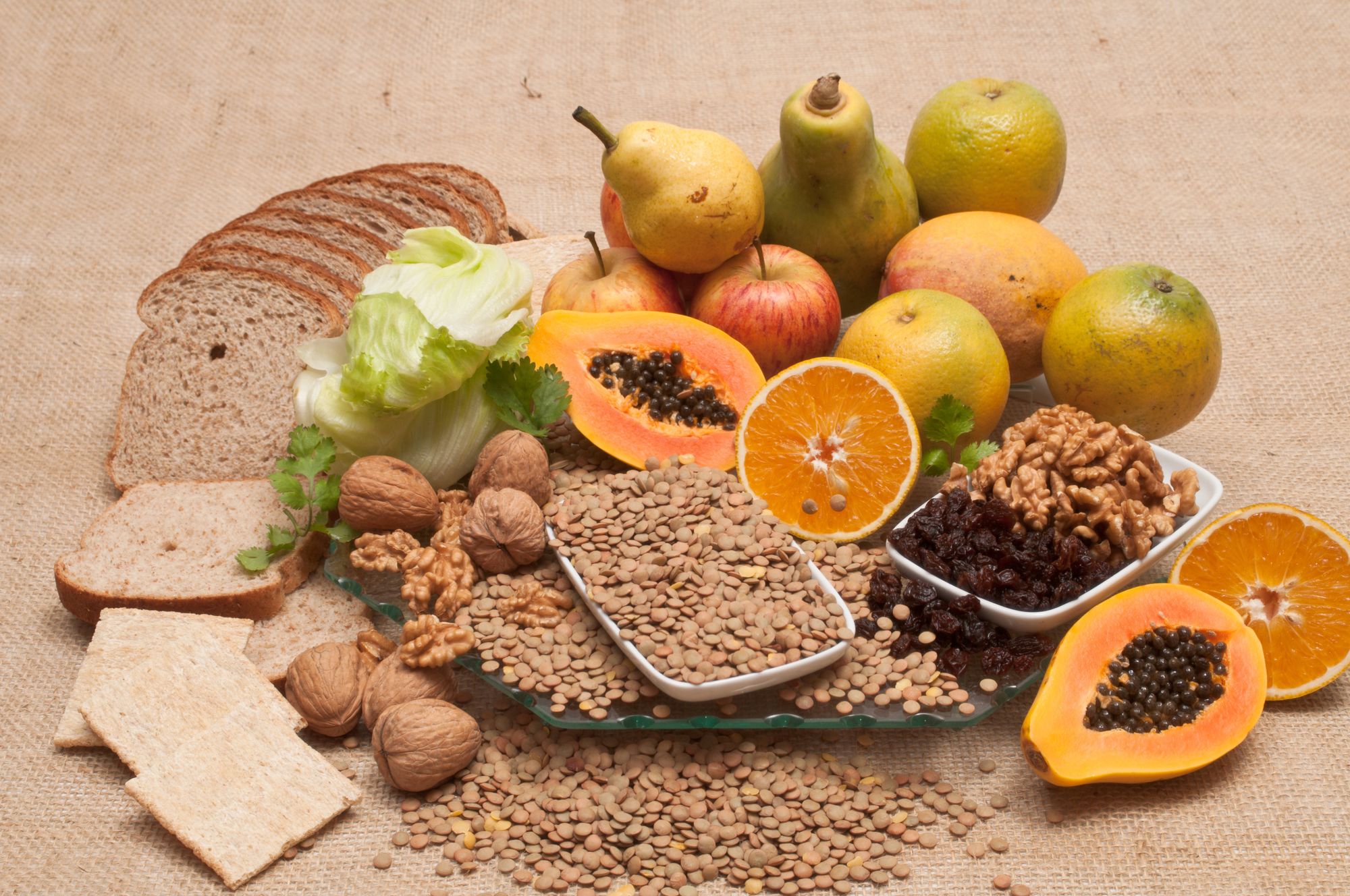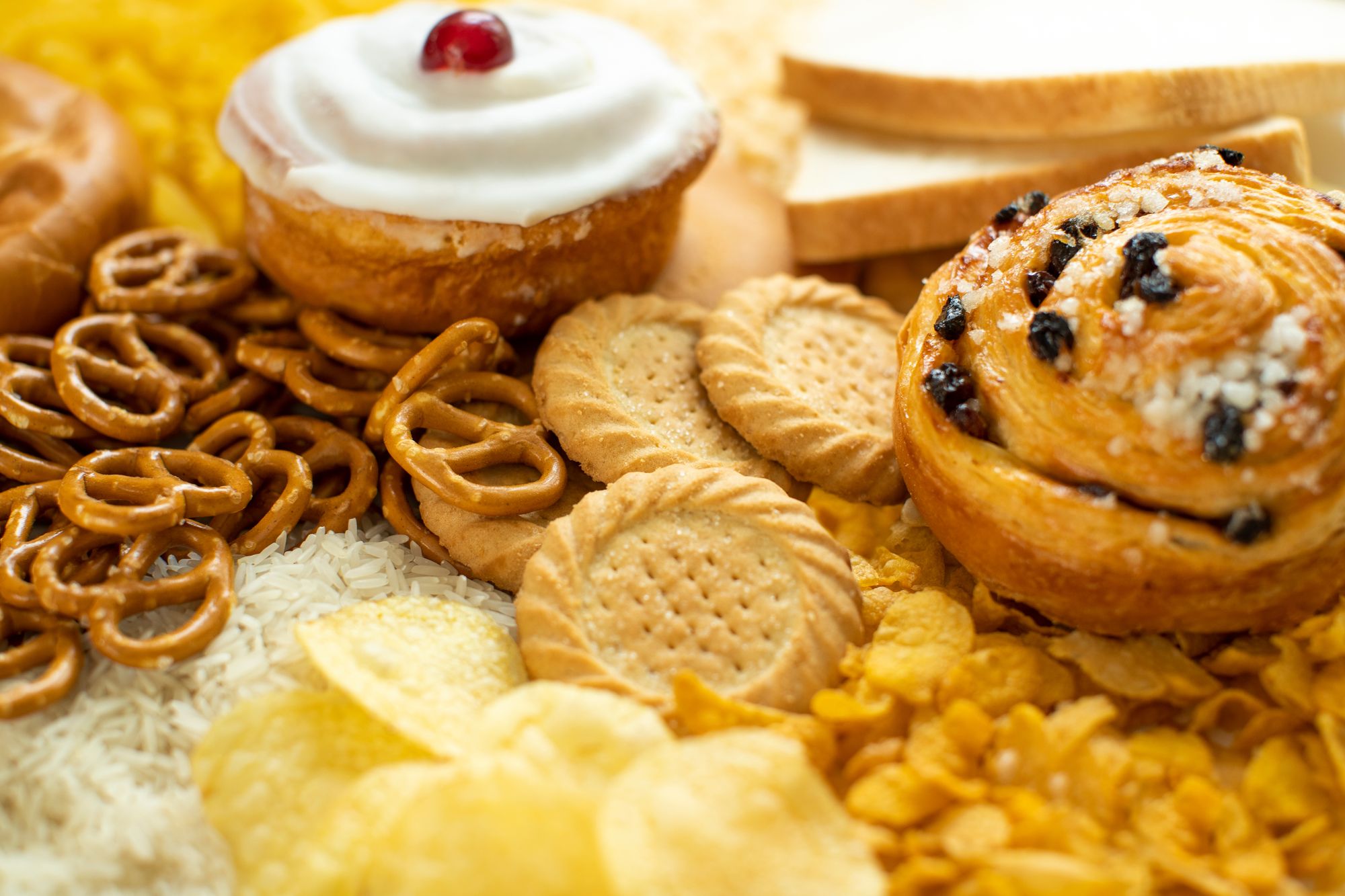Cracking the code of weight loss can be a challenging task, especially since what works for one person might not yield the same results for another. Factors like individual energy needs, gender, exercise levels, and age all play a significant role in determining daily calorie requirements. However, if your goal is to shed belly fat and trim your waistline, it's crucial to recognize that calories are just one piece of the puzzle. Food quality, nutrient composition, and meal/snack timing are equally influential in achieving your desired results.
Here, we present ten effective eating habits to help you slim down your waist in just 30 days. But keep in mind, other aspects such as exercise, stress management, and sleep quality also contribute to waistline size. Incorporating a balanced weekly exercise routine that combines cardio and resistance training can optimize your waist-shrinking efforts. To combat stress, consider practicing meditation or adopting stress-reducing habits. Meanwhile, improving your sleep environment and minimizing screen time before bedtime can enhance the quality of your rest.
Remember, making small changes in your eating habits can lead to significant results in waistline reduction. It's heartening to know that with consistent adherence to these healthy habits, you can witness progress in as little as 30 days. So, without further ado, read on to discover ten simple eating habits that will help you achieve your waist-slimming goals within a month.
1) Cut Back on Added Sugar:

Added sugar is found in a variety of foods and beverages, and it can quickly add up in your daily calorie intake. High consumption of added sugars has been linked to weight gain and increased risk of various health issues, including type 2 diabetes and heart disease. Be mindful of hidden sugars in products like coffee drinks, soda, candy, pastries, and even condiments. Read food labels and ingredient lists to identify sources of added sugars, such as sucrose, high-fructose corn syrup, and cane juice. Opt for whole, unprocessed foods whenever possible and try to sweeten your drinks and meals with natural alternatives like honey or maple syrup. Gradually reduce the amount of sugar in your coffee or tea until you can enjoy them without added sweeteners. When it comes to desserts, try to limit them to occasional treats and opt for healthier choices like a square of dark chocolate or a piece of fresh fruit.
2) Prioritize Protein at Breakfast:

Protein is an essential nutrient that plays a crucial role in weight loss and overall health. Including protein in your breakfast can help control appetite and regulate glucose levels, making it an excellent choice for those looking to slim down their waistline. The American Journal of Clinical Nutrition reports that protein-rich breakfasts can reduce hunger and increase fullness, leading to a reduction in overall calorie intake throughout the day. Consider adding protein-rich options like Greek yogurt, cottage cheese, or a couple of eggs to your morning meal. Protein-packed smoothies with ingredients like spinach, almond milk, and protein powder can also be a satisfying and nutrient-rich option.
3) Increase Fiber Intake:

Fiber is another key component of a waist-friendly diet. It promotes satiety, aids in digestion, and helps stabilize blood sugar levels. Many adults don't consume enough fiber in their diets, leading to increased snacking and overeating. The Dietary Guidelines for Americans recommend a daily fiber intake of 25 grams for women and 38 grams for men. To boost your fiber intake, choose whole grains like oats, quinoa, and brown rice, and incorporate plenty of fruits and vegetables into your meals. Start your day with a fiber-rich breakfast, such as a bowl of oatmeal topped with fresh berries and chopped nuts, or whole-grain toast with avocado and a poached egg. Snack on raw vegetables, fruits, or nuts throughout the day to add more fiber to your diet.
4) Fill Half Your Plate with Produce:

Fruits and vegetables are rich in essential vitamins, minerals, and antioxidants while being low in calories. They are a fantastic addition to any weight loss plan, as they add volume and nutritional value to your meals. The Centers for Disease Control and Prevention (CDC) recommends that adults consume 1.5 to 2 cups of fruit and 2 to 3 cups of vegetables daily, depending on age and sex. Aim to fill at least half of your plate with a colorful array of fruits and vegetables. Consider experimenting with different cooking methods and flavors to make your produce more enticing. Roasting, grilling, or sautéing vegetables with herbs and spices can enhance their taste and make them a delicious part of your daily meals.
5) Avoid Extreme Hunger:

Skipping meals or going long periods without eating can lead to extreme hunger, which often results in overeating and poor food choices. To prevent this, make sure to have regular, balanced snacks throughout the day. Combining a serving of produce with a source of protein or healthy fat can create satisfying and nutrient-dense snack options. Some ideas include carrot sticks with hummus, apple slices with peanut butter, or a small serving of cheese with grapes. Snacking between meals can also help maintain stable blood sugar levels, providing you with sustained energy and reducing the likelihood of reaching for unhealthy foods due to hunger.
6) Don't Eat Right Before Bed:

Eating too close to bedtime can disrupt sleep and may lead to weight gain. When you lie down immediately after eating, digestion can be compromised, and stomach acid may flow back into the esophagus, causing discomfort or reflux. To support better sleep and weight management, try to have your last meal or snack at least two hours before bedtime. If you need a late-night treat, choose something light and easily digestible, like a piece of fruit or a small portion of yogurt. The National Sleep Foundation suggests avoiding heavy, greasy, or spicy meals close to bedtime to prevent discomfort and promote restful sleep.
7) Balance Nutrients in Meals and Snacks:

Balancing nutrients in your meals and snacks can help stabilize blood sugar levels and keep you feeling satisfied for longer periods. Carbohydrates are essential for energy, but when consumed alone, they can lead to energy spikes and crashes, which may prompt more snacking. To avoid this, combine carbohydrates with a source of protein or healthy fat in your meals and snacks. For instance, pair whole-grain crackers with hummus, a banana with almond butter, or choose a granola bar with nuts and seeds. This balanced approach to snacking helps control hunger and prevents excessive calorie consumption.
8) Limit Processed Carbs:

Processed carbohydrates like white bread, crackers, and granola bars are often high in added sugars, salt, and preservatives. They offer little nutritional value and can cause energy fluctuations throughout the day. While it's okay to include some of these products in your diet occasionally, try to limit processed carbs to one serving per meal and opt for whole, unprocessed alternatives whenever possible. For instance, instead of having crackers with your sandwich, swap them for a side of fresh fruit or vegetable sticks. Choose whole-grain options for bread and cereal to increase your fiber intake and support healthy digestion.
9) Eat After Exercise:

Refueling with a balanced meal or snack after exercise is crucial for muscle recovery and replenishing energy stores. Consuming a combination of protein and carbohydrates within 45 minutes of finishing your workout can enhance the benefits of your exercise routine and support your weight loss goals. According to the International Journal of Sport Nutrition and Exercise Metabolism, this post-exercise nutrition can enhance muscle protein synthesis and glycogen storage, promoting a faster recovery and improved exercise performance. Consider post-workout snacks like a protein smoothie with Greek yogurt and berries or a small portion of trail mix with nuts and dried fruits. If you happen to work out right before a meal, try to have your meal within 45 minutes of your workout to serve as your recovery nutrition.
10) Avoid Empty Calories:

Empty calories refer to foods and drinks that provide little to no nutritional value, often due to high levels of added sugars or solid fats. These empty calories can contribute to weight gain and hinder your waist-trimming efforts. To reduce empty calories in your diet, focus on whole, nutrient-dense foods that provide essential nutrients without excess added sugars or unhealthy fats. For instance, choose avocado or nut butter as a spread instead of butter, and opt for lean protein sources like fish or poultry instead of fatty cuts of meat. Choose snacks that offer a balance ofnutrients, such as a handful of almonds and a piece of fruit, or a cheese and whole-grain cracker combo. Making these small changes can lead to significant improvements in your overall diet and waistline.
Incorporating these ten eating habits into your daily routine can have a significant impact on your waistline and overall health. Remember, consistency and moderation are key to achieving your weight loss goals. Make these habits a part of your lifestyle, and you'll be on your way to a slimmer waistline and a healthier you. Always consult with a healthcare professional or registered dietitian before making significant changes to your diet or exercise routine.

